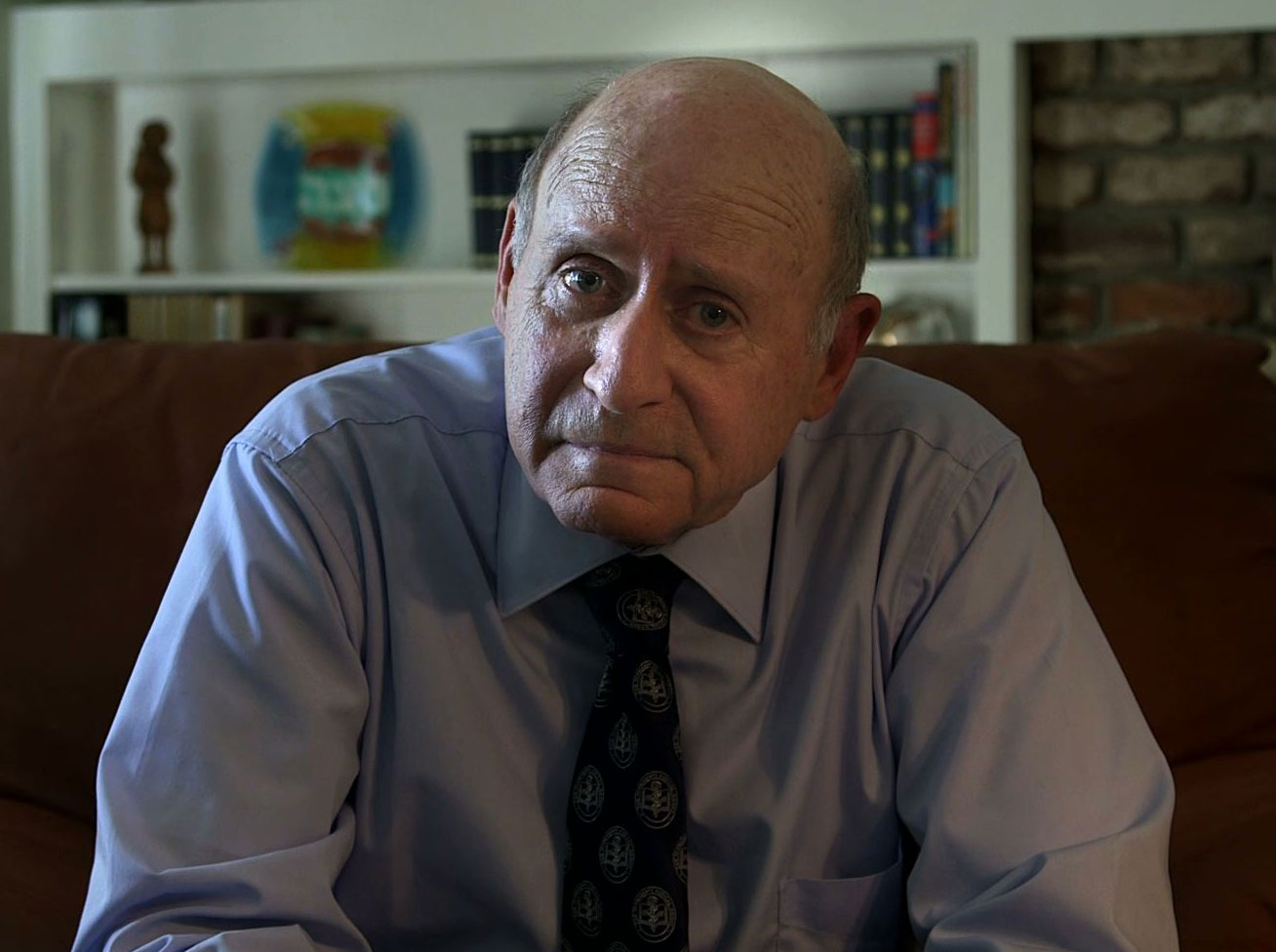ARTICLE

Doctor communication or Effective Patient�Physician Communication
Category: Genarel Health & Written by DoctorScott On January-31-2022 17:27:57
Doctor communication or Effective Patient�Physician Communication
In today's medical world, good communication between doctors and patients is crucial in order to provide quality care. However, this communication can be difficult to achieve due to a variety of factors - from language barriers to cultural differences. In this article, we will discuss how effective patient�physician communication can be achieved through the use of AI-powered software.
Communication is key in any healthcare relationship
A communication gap between patients and physicians can lead to poor health outcomes. This is especially true in cases of chronic diseases, where a clear and concise dialogue between patient and physician is essential for managing the disease.
There are three key steps to improving communication: setting expectations, providing information, and offering support. Here are seven tips for effective patient-physician communication.
1. Establish clear expectations from the start. It�s important to be upfront about what you expect from the conversation. Make sure your patient knows what questions are allowed and which ones need to be deferred until later. You should also state any specific instructions or recommendations that you will be giving them.
2. Provide accurate information as soon as possible. When discussing a patient�s condition, be sure to provide accurate information about their symptoms, test results, and prognosis. This way, your patient can fully understand their situation and make informed decisions about their treatment options.
3. Offer support whenever possible. It�s important to offer your patients support during the conversation�even if they don�t ask for it explicitly. Let them know that you are available to answer any questions
The five types of communication
There are five different types of communication that take place between patients and physicians.
1. Factual communication is when a physician communicates the facts about a patient�s medical condition. This type of communication is important for the physician to ensure that the patient has accurate information about their illness.
2. Emotional communication is when a physician communicates with patients to establish rapport and build trust. This type of communication can help to create a positive relationship between the patient and physician.
3. Process communication is when a physician communicates the steps that they will take to care for the patient. This type of communication can help to ensure that patients understand the process of receiving care.
4. Interrupting communication is when a patient interrupts their physician during an examination or conversation. This type of communication can disrupt the flow of dialogue and may lead to negative consequences for the patient.
5. Reflective communication is when a physician reflects on their own practice and how they could improve their communication skills with patients. This type of communication can help to improve relationships between physicians and patients
Effective patient�physician communication
Effective patient-physician communication is vital for both the patient and the physician. The goal of effective communication is to facilitate shared understanding and goals between both parties. There are several elements that must be present for effective communication to take place, including verbal and nonverbal communication, listening, and feedback. Verbal communication involves speaking words that convey a message. Nonverbal communication includes body language, facial expressions, and tone of voice. Listening is essential for receiving information and understanding the other person�s point of view. Feedback is a way of providing feedback to the patient or physician so that they can improve their communication skills.
The importance of effective communication cannot be overemphasized. Poor communication can lead to misunderstandings, frustration, and even medical errors. It is important for physicians to be aware of their own Communication Styles so that they can improve their interactions with patients. There are several key steps that should be followed when communicating with patients:
1) Establish Rapport: The first step in effective patient-physician communication is establishing rapport. Rapport is a strong emotional connection between the physician and the patient. It allows for open and honest dialogue without fear of recrimination or judgement
Setting boundaries
Boundaries can be helpful in providing clarity and stability in a relationship. By defining where each partner stands, communication can be easier and more effective. When setting boundaries, it is important to keep in mind the following tips:
1. Be clear about what you want and need from the relationship. It is important to be clear with your physician about your expectations for communication and treatment. This will help ensure that both parties are on the same page and understand each other's perspectives.
2. Make sure your boundaries are reasonable. It is important to set boundaries that are reasonable for you and your physician. If a boundary is too much for your physician to handle, he or she may not be willing to respect it. Boundaries should not cause unnecessary stress or conflict between you and your physician.
3. Communicate frequently and openly. Keeping communication open allows both parties to know what is going on in the relationship and makes it easier to resolve any disagreements or conflicts that may arise. It is also important to communicate any changes or updates in your health so that your doctor knows how you are feeling and what adjustments he or she may need to make in treatment plans.
What is doctor communication?
Effective patient-physician communication is essential for a patient�s well-being and success. Communication is a two-way street, and both the doctor and the patient need to be skilled in effectively expressing themselves in order to improve the care process.
Effective communication begins with clear listening on the part of the doctor. The doctor must be able to understand what the patient is saying, even if it seems difficult or confusing. It is also important for doctors to ask questions that help them understand the problem more clearly. Only then can they provide effective advice and treatment.
In order to improve patient satisfaction, it is also important for doctors to be transparent about their thoughts and feelings. This means being open about why they are doing something, whether it is a decision they have made or a recommendation they are making. This allows patients to have trust in their doctor, which in turn helps promote healing.
Finally, it is essential for both the doctor and the patient to respect each other�s time. Effective communication requires time and effort from both parties, so it is important that everyone involved understands that fact.
What are patient-physician communication barriers?
Patient-physician communication can be a difficult process, especially when there are barriers between the two parties. These can include misunderstandings, miscommunications, and lack of trust.
Here are five patient-physician communication barriers to watch for:
1. Lack of trust: The first barrier to effective patient-physician communication is lack of trust. Patients may not trust their physicians because of the way they were treated in the past or because they believe that their doctors do not listen to them. Physicians may also lack trust in patients due to perceived misinformation or mistrust. If these barriers cannot be overcome, it will be difficult for either party to communicate effectively.
2. Misunderstandings: Misunderstandings can occur when one party misunderstands what the other is saying or when both parties are speaking from different cultural perspectives. Miscommunications can also result from incorrect assumptions or faulty memory. When these barriers exist, it becomes difficult for either party to understand what the other is trying to say.
3. Lack of information: When one party does not have all of the relevant information, communication becomes difficult. This can be the case when the physician is unfamiliar with the patient�s
How can physician communication be improved?
There is no one-size-fits-all answer to this question, as the way in which physician communication is effective will vary depending on the individual context and relationship between doctor and patient. However, there are a few key elements that can be incorporated into any effective physician communication strategy.
First and foremost, physicians should take the time to listen carefully to their patients. This may involve asking open-ended questions that allow patients to share their thoughts and feelings, as well as actively seeking feedback on how the conversation is proceeding. In addition, physicians should make sure to use clear, concise language when discussing medical conditions and treatments with their patients. This will help patients understand the information they are receiving and make informed decisions about their care.
Additionally, physicians should keep a record of their conversations with patients. This not only allows them to reflect on the exchange later on, but also gives patients the opportunity to provide feedback about their interactions. By creating a written record of their conversations, physicians can better ensure that they are providing quality care for their patients.
Why is it important to have effective patient-physician communication?
Effective patient-physician communication is important for a number of reasons. First, it allows both parties to be fully informed about their health condition. This helps the patient to make informed decisions about their care and can help ensure that the treatment they receive is effective. Second, communication helps to build trust between the patient and physician. When patients know that they can trust their physicians with their health information, they are more likely to comply with treatment recommendations and follow through on care plans. Finally, good communication can help reduce the likelihood of medical errors. By sharing information in a timely manner, physicians can avoid making assumptions about patients� symptoms and can more accurately diagnose and treat them.
The different types of communication
There are three main types of communication: verbal, nonverbal, and interactive. Each has its own strengths and weaknesses.
Verbal communication is the most common form of communication. It involves using words to tell a story, express an opinion, or ask a question. Verbal communication can be direct or indirect. Direct verbal communication is when the speaker uses clear, simple language and tells the person he is speaking to what he wants to say without using any qualifiers. Indirect verbal communication is when the speaker uses words that have a hidden meaning (for example, "I think you're lazy").
Nonverbal communication involves communicating through body language, facial expressions, and sounds. Nonverbal communication can be direct or indirect. Direct nonverbal communication is when the speaker sends a clear message with no hidden meaning. Indirect nonverbal communication is when the speaker's actions or expressions may not communicate what he means directly but may give other people clues about his feelings or intentions.
Interactive communication involves communicating with others through dialogue. Dialogue contains questions and answers that both sides use to get information or resolve a conflict. Interactive communication can be direct or indirect. Direct interactive communication is when each person speaks openly and honestly with no hidden messages
Tips for improving patient-physician communication
When it comes to patient-physician communication, there are a few things that everyone can do to help improve the relationship. By following these tips, you can create a more effective and communicative relationship with your doctor.
1. Establish ground rules from the beginning. It is important to establish some basic ground rules up front so that both you and your doctor know what is expected of each other. This can help prevent any misunderstandings or conflicts down the line.
2. Be clear and concise. When communicating with your doctor, it is important to be as clear as possible. This means using simple language and avoiding longwinded explanations. It can also help to keep conversations short so that both parties have time to discuss the issue at hand.
3. Don�t be afraid to ask questions. In order to understand your medical condition, it is important to ask questions. This means that you should not be afraid to ask your doctor about anything related to your health care. If you have any questions, don�t hesitate to reach out for advice or clarification.
4. Respect your doctor�s time constraints. When scheduling appointments with your doctor, be sure to
Conclusion
When it comes to doctor-patient communication, there is no one �correct� way to do things. What works for one patient may not work for another, and the same goes for physician communication. That being said, there are a few key concepts that should be at the forefront of any doctor�s mind when interacting with their patients. By taking these concepts into account, both the physician and the patient can have a greater understanding of what is happening within the relationship, as well as improved outcomes for both parties involved.
Comments

Categories
Recent Posts

Doctor communication or Effective Patient�Physician Communication
January-31-2022 17:27:57

For doctors using telemedicine, virtual bedside manner is crucial
January-29-2022 17:27:57
Developing Good Bedside Manner: 9 Tips for Doctors
January-25-2022 19:07:14

Physician Wellness and Physician Identity Are Inextricably Linked
January-20-2022 11:34:29

Physician Burnout: Signs & How to Prevent it
January-16-2022 22:19:35